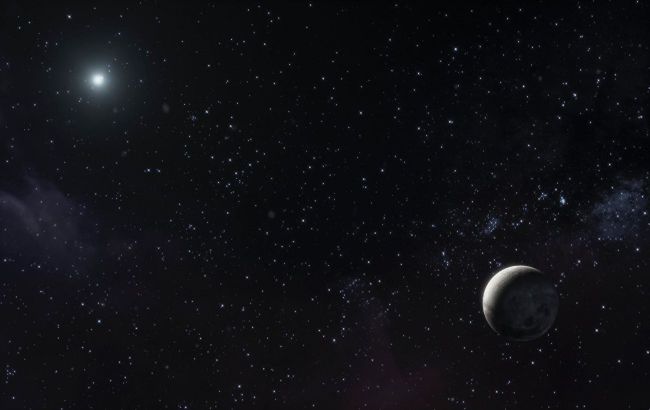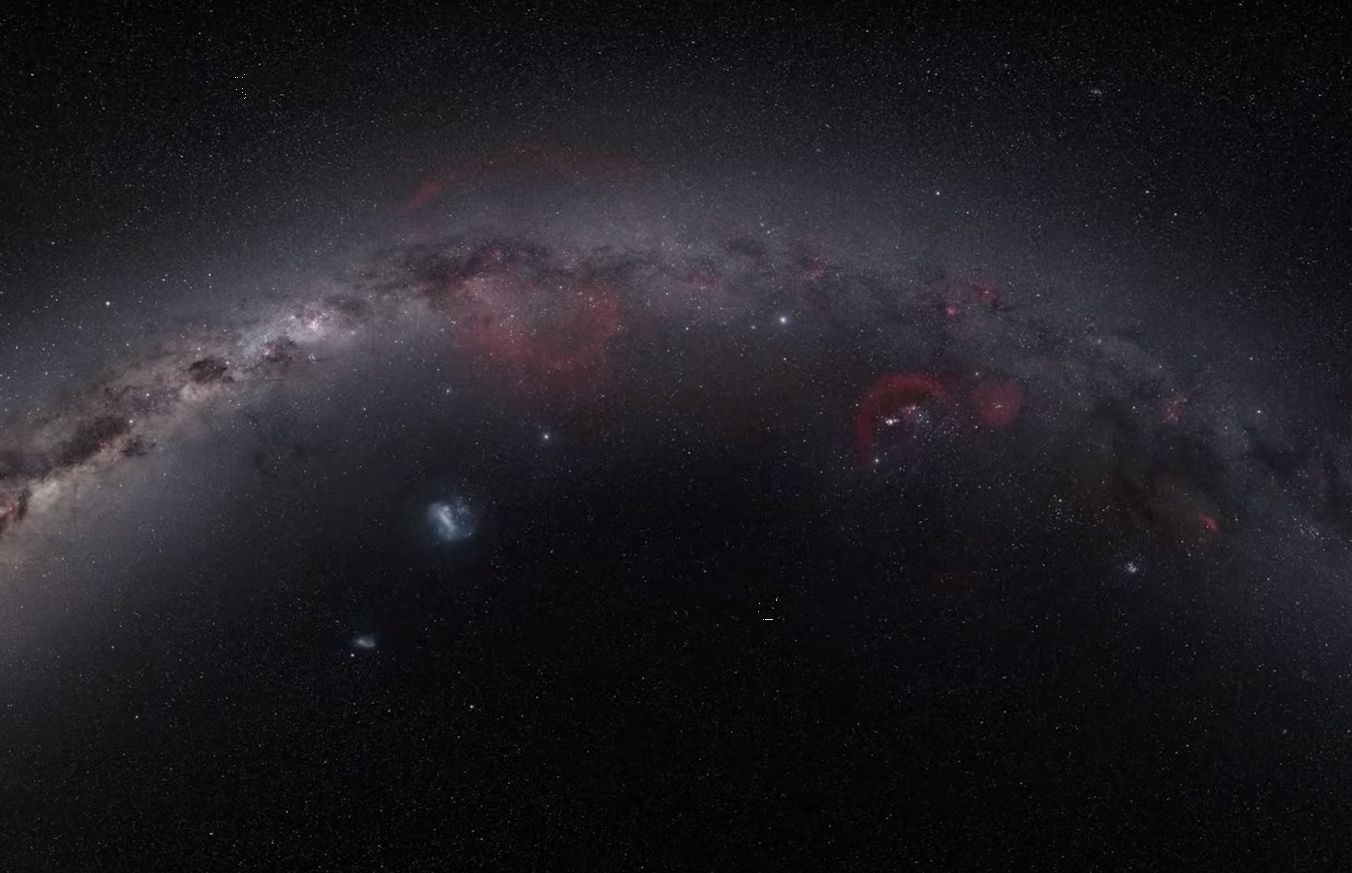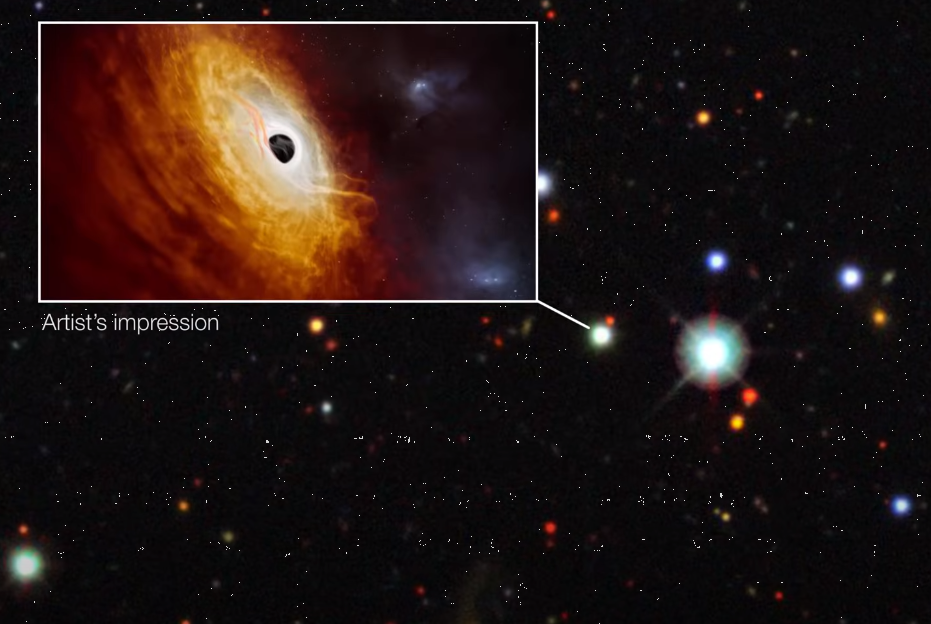Scientists discover 'most voracious' black hole at heart of super-bright galaxy-quasar
 Illustrative photo (freepik.com)
Illustrative photo (freepik.com)
Scientists have discovered a unique black hole, which they call the "most insatiable" at the heart of the super-bright galaxy-quasar J0529-4351.
Read below what is known about this black hole and quasar galaxy.
Sources: Nature Astronomy, The European Southern Observatory, Wikipedia.
Why is this black hole considered "most insatiable"
Researchers of the Australian National University, led by Christian Wolf, have discovered a unique black hole at the heart of the super-bright galaxy-quasar J0529-4351.
Despite black holes being commonly found at the centers of galaxies, this one surprised scientists as it turned out to be exceptionally voracious. The amount of gas and dust disappearing into the heart of J0529-4351 daily could equal the weight of our Sun.
Given that this process has been ongoing for a long time, scientists estimate that the mass of this black hole could be as much as 17 billion times that of the Sun.
Furthermore, it's growing at a rate as fast as conceivably possible according to scientists' understanding.

Spotting a black hole with the naked eye is impossible (screenshot: youtube.com/@ESOobservatory)
How fast does a black hole grow
The process of black hole formation remains incompletely understood by researchers.
Typically, black holes reside in the center of massive material masses that swirl around them. In this mix, intense frictional processes and gravity heat everything up to trillions of degrees.
This results in bright flashes across the entire spectrum of light, which are captured and studied by earthly scientists.
To determine the properties of a black hole, scientists dissect the light spectrum into "details" that can reveal more. For instance, the black hole in J0529-4351 is growing at a rate of 370 solar masses per year.
This is very close to the Eddington limit - the maximum stable speed at which a black hole can "feed." This is what earns it the title of the most insatiable.

This is what it might look like up close (screenshot: youtube.com/@ESOobservatory)
Key points about quasars
Quasars are among the brightest objects in the universe, representing a certain stage in the life of galaxies. They are known as galaxies with active cores.
In the early 21st century, scientists concluded that quasars are galaxies with supermassive black holes at their centers.
The quasar J0529-4351, studied by scientists, has been dubbed the brightest of all discovered so far, as its flashes are 500 trillion times more powerful than solar ones.
Check out also what a thunderstorm looks like from space and details on the 2025 NASA mission to the Moon.

